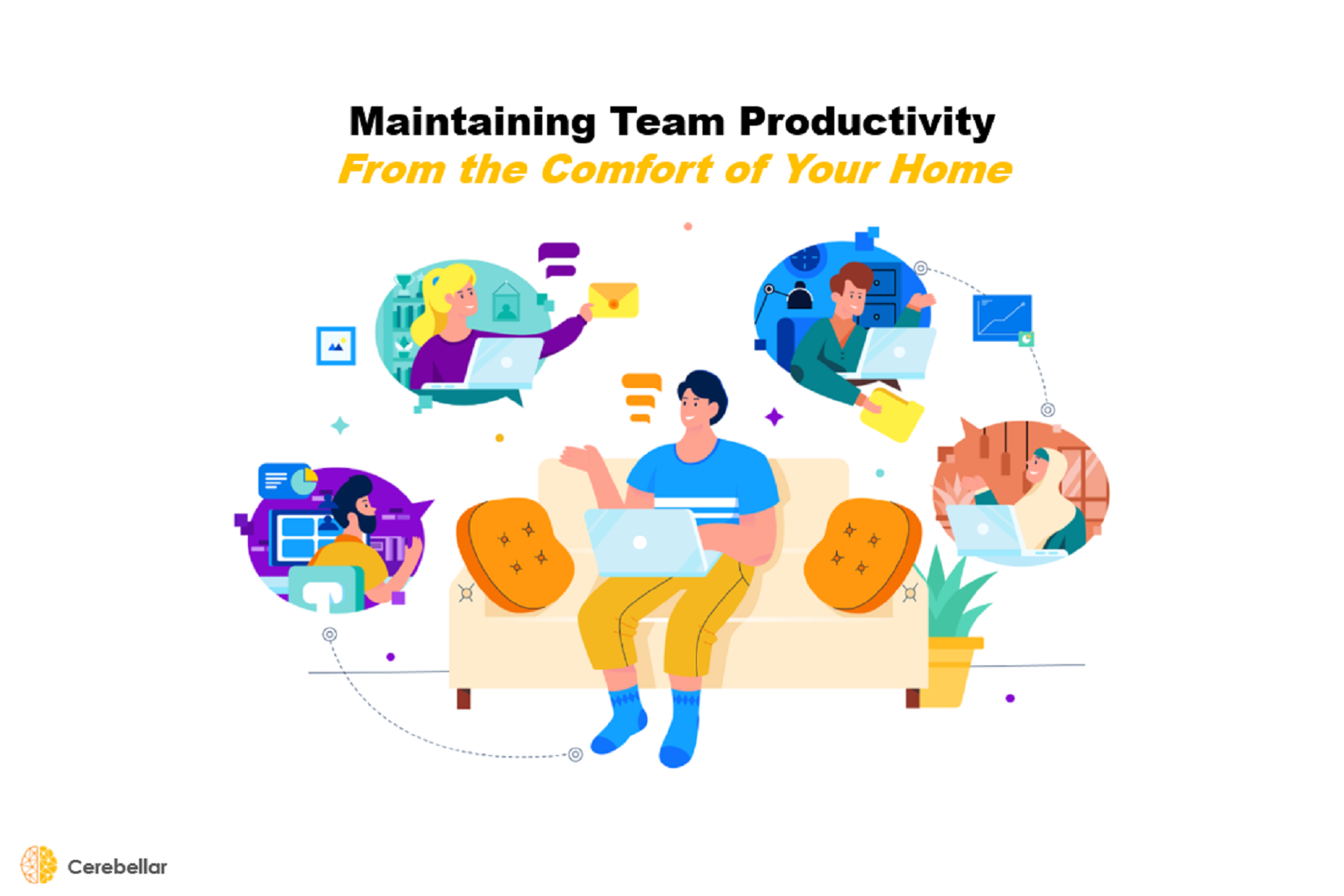Working from home is the new way to work since the inception of the pandemic. The workplace has instantly shifted from the physical office space to the home, and the once easy to reach workforce has become remote and distributed. The decision to instruct workforces to work from home is not an easy one. Many companies and organisations did not prepare for the inevitability of remote working.
With no preparation or planning, employers and employees had to enter into a state of constant experimentation to figure out what are the best ways to transfer their office activities into virtual work. Along the way, there has been a growing concern to make sure that the working team remains productive and sustainable throughout the time period of remote working.
One year in and here are some of the ways we have learnt in the past year as we transition into a new way of work.

For leaders, managers, and supervisors
Managing a team remotely can differ a lot from in-office meetings and delegation. Let’s see how we can overcome these challenges practically.
1. Technological Tools Support
It’s important to make sure that employees are equipped with the necessary technological tools that support remote work. A laptop or computer, stable internet connection, and VPN. Companies may need to invest in the initial amenities in order to make sure that their employees have what they need to carry out the work that needs to be done.
For a list of online task management systems, here are a few tools:
For a list of video conferencing tools:
2. Clarifying Roles, Goals and Processes
The formation of a team is made up of a mix of people with different skill sets and competencies. For a team to function at its optimal level, it requires every member to understand the team objectives, their individual roles and how each person contributes to the outcome.
By defining clear outcomes of a project and delegating tasks to each individual, it can help the team to stay motivated, focus their efforts on doing their part, prioritise tasks and meet deadlines.
Knowing that the task is a shared commitment with the team, individual’s will be encouraged to do their best work to reach the targeted goal together.
3. Maintaining Communication and Engagement

Working from home can make employees feel disconnected from their organisations, thus it is important to have regular check in’s with them to inquire about their workload and progress.
Use the opportunity in online team meetings to not only inform task-related updates but to also get your team to constructively talk about their homework environment (such as young children coming home from school, an ill family member, construction work taking place at their neighbours’ house).
This can cultivate a sense of understanding among the team about each other’s context, which will encourage members to be more open to engagement and collaboration. When your employees see that you are modelling effective communication behaviour, they will come to follow your example as well.
4. Involve Individuals at all levels
Tell and inform employees on what to expect when the new project or task is introduced. This exercise can help everyone feel like an active participant with something valuable to add to the company or organisation. The employees that you hired might have ideas and solutions that can benefit the company when given the chance to be part of the decision-making processes.
5. Focus on output instead of hours
Autonomy increases Employee Productivity. Employees were found to have increased productivity when they were given trust or self-agency to manage the task given to them and get it done within the set timeframe. Instead of being micromanaged, employees will feel trusted and therefore contribute their efforts more productively towards the good of the company. Quality of work and meeting relevant deadlines are the main things employers need to focus on instead of fixing hours that employees cannot meet.
6. Intermittent breaks in Interaction develops High Performers
A study led by Ethan Bernstein, a Professor of Business Administration at Harvard Business School found that people solved problems at work better when collaborative interactions are accompanied by intermittent breaks. The research studied how well people performed solving a problem with three varying states of interaction: constant interaction, intermittent interaction and zero interaction with peers.
The study showed that participants who are in a constant or always “on” state of interaction have less variety of solutions, which limits the group to explore or consider alternatives.

One member would give a pointer, and everyone would just tag along without giving any input or time to think about it. On the other hand, the groups with zero interaction had the biggest variety in solutions from very good to very bad but were of low average quality.
Therefore, the intermittent interaction group was by far the best in terms of allowing members time to think about the problem faced before sharing their individual contributions in the collaborative session and deciding on the best optimal solution.
In our always “on” world, thanks to technology, it is best to skype, zoom or check in with employees in intermittent interactions than constant interactions, because the focus the employee needs to solve the task at hand may be disrupted when they need to stay attentive via videoconferencing which can be really taxing their energy levels.
In turn, it may bring employee productivity down in the long run.
How Organizations Can Help Employees Transition to Remote Work
We understand that transitioning from working from home to working remotely can be a little challenging. That is why we have prepared a table that will help you convey to your employees how to transition with ease:
How to Help Employees Maintain Work-Life Balance While Working Remotely
As Malaysians are still working from home, we have prepared a chart that will help you balance working from home and your personal life. Remember, everyone: don’t beat yourself too hard, and remember to breathe.
For more tips and articles, check out our Facebook page and our Instagram page.




